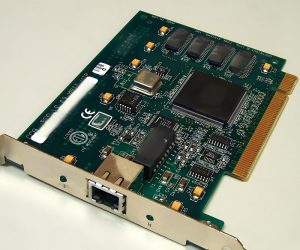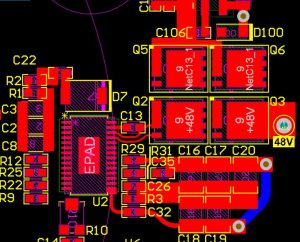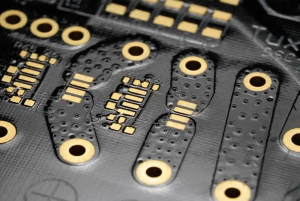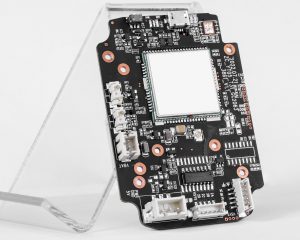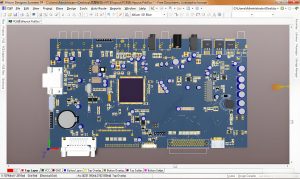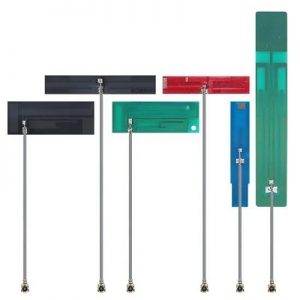In the vast world of electronics, there is a seemingly ordinary but extremely important tool, the breadboard. The breadboard is like a silently dedicated assistant to electronic engineers, building a bridge for electronic enthusiasts and professionals to realize their creativity. So, what exactly is a breadboard? What is its indispensable use?
What is a breadboard?
A breadboard is a board designed and manufactured for solderless experiments on electronic circuits. It has many small jacks, allowing various electronic components to be inserted or removed as needed, eliminating the soldering steps, saving circuit assembly time, and components can be reused, which is very suitable for electronic circuit assembly, debugging and training.
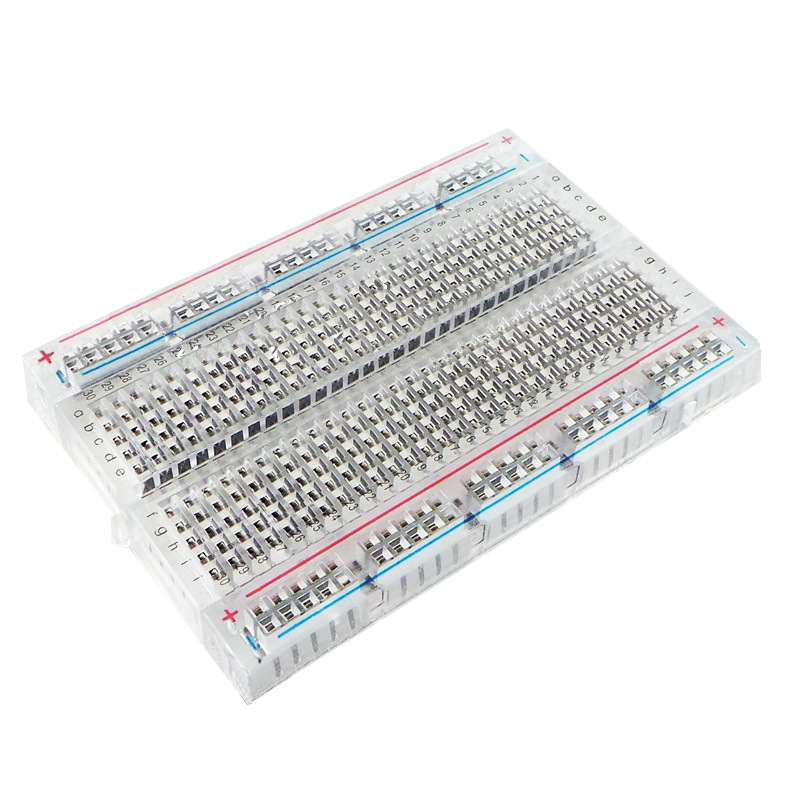
The original intention of the breadboard was to encourage innovation and simplify the learning process of electronic circuits. Its main features include:
- No soldering design: users can directly insert electronic components into the jacks of the breadboard without soldering, which greatly reduces the difficulty and complexity of electronic circuit production.
- Components are reusable: Due to the solderless design, users can replace or adjust components in the circuit at any time without re-soldering, which is very beneficial for experiments and learning.
- Suitable for all kinds of electronic components: Whether it is resistors, capacitors, transistors or integrated circuits, they can be easily inserted into the sockets of the breadboard for experiments and tests.
- Simple structure: Breadboards are usually made of plastic blocks and contain a matrix of electrical sockets inside. These sockets are connected within the board, usually in rows of five sockets, forming a complete circuit path.
Why is it called a breadboard?
The reason why the breadboard got its name can be traced back to the era of vacuum tube circuits. At that time, most of the circuit components were large in size, and people usually fixed them to a piece of bread-cutting wood for connection by screws and nails. As the size of circuit components decreased, the name of the breadboard remained.

The origin of this name reflects the historical evolution and technological progress in the field of electronic production, and also reflects the intimacy and recognition of electronic production enthusiasts for this tool.
The original intention of the design of breadboard is to facilitate the assembly, debugging and training of electronic circuits. By providing many small jacks, various electronic components can be inserted or unplugged at will, thus eliminating the trouble of welding, saving the assembly time of the circuit, and the components can be reused, which is very suitable for the non-welding experiment of electronic circuits.
What is a breadboard used for?
Breadboards are mainly used for the design and manufacture of non-welding experiments of electronic circuits.
A breadboard is a board designed and manufactured for the non-welding experiment of electronic circuits. Its characteristics are that there are many small jacks on the board, allowing various electronic components to be inserted or unplugged at will as needed, thus eliminating the welding process and saving the assembly time of the circuit.

In addition, since the components can be reused, breadboards are very suitable for the assembly, debugging and training of electronic circuits. This tool is a must-have for electronic production enthusiasts, and is widely used in electronic engineering, communication engineering, automatic control and other fields.
In practical applications, breadboards can be used for simulation testing and verification in the circuit design stage, as well as for transferring circuits to PCB boards for mass production in the production and manufacturing stage.
In the fields of education and research, breadboards help students and researchers better understand electronic technology and circuit design principles. It can also be used for the development and production of DIY electronic products, robots and other fields, and has a wide range of application prospects.
What types of breadboards are there?
1. Solderless breadboard:
This is the most common type. It consists of many small jacks inside, and the circuit is connected by inserting the pins of electronic components. No soldering is required, which is convenient and fast, suitable for beginners and quick circuit construction and debugging.
There are different specifications and sizes, such as small breadboards are suitable for simple circuit experiments, and large breadboards can accommodate more components to build more complex circuits.
2. Solderless breadboard:
The function is similar to that of the solderless breadboard, and electronic components can be connected without soldering. Usually with colored marking lines or areas, it is easy to distinguish different circuit parts and plan component layout.
Some solderless breadboards also come with power bars and ground bars, which are convenient for providing power and ground connections for the circuit.
3. Multi-hole breadboard:
There are more jacks and a denser layout. More electronic components can be connected, which is suitable for building complex circuits.
Some multi-hole breadboards are also designed with special structures, such as grooves or slots, to facilitate the fixing of wires and components and make the circuit more stable.
4. Breadboard with power supply
The integrated power module can directly provide stable power to the circuit without the need to connect an additional power adapter or battery pack.
The power supply part usually has an adjustable voltage function to meet the power requirements of different electronic components.
5. Transparent breadboard
Made of transparent materials, it is convenient to observe the connection status and component layout inside the circuit, which is very helpful for teaching and circuit debugging.
The appearance of the transparent breadboard is beautiful, which can increase the fun and visualization of circuit construction.
What is a “solderless” breadboard?
A solderless breadboard (also called a solderless test board) is a method that provides convenient interconnection of electronic components without the need for soldering. This breadboard consists of a series of U-shaped metal contacts that are located below the hole grid in the electrically insulating shell.
The component leads and the wire segments inserted through the holes are held under spring tension by the contacts below, thus achieving a solderless connection. Solderless breadboards are particularly suitable for electronic circuit experiments in hobby, education or development environments because they allow users to quickly and easily build and reconfigure circuits while saving the time and cost of soldering.
In addition, solderless breadboards also support the reuse of components, which is very beneficial for learning and training. However, it should be noted that although solderless breadboards provide great convenience, they do not provide a mechanically sturdy interconnection, have limited power handling capabilities, and are not suitable for high-speed circuit applications.
What are the advantages and disadvantages of a breadboard?
The advantages of breadboards are:
1. Convenient and fast operation:
- No need to solder, electronic components can be directly inserted into the jacks of the breadboard for circuit connection, which greatly saves the time and workload of circuit construction.
- If a connection error is found during the insertion of the component, the component can be easily pulled out and reinserted without damage, reducing the cost and risk of circuit construction.
2. High safety:
- Compared with soldered circuits, breadboards do not have safety issues such as burns and electric shocks that may occur during soldering, and are particularly suitable for beginners and students.
- There is no need to worry about components being damaged due to improper soldering, which reduces safety hazards in circuit experiments.
3. Suitable for beginners:
- For beginners of electronic circuits, breadboard is an ideal learning tool. It can help beginners quickly understand the basic principles and connection methods of circuits, enhance the perceptual understanding of electronic circuits through practical operations, and improve the interest and efficiency of learning.
4. Easy to observe and debug:
- The structure of the breadboard is relatively simple, and the circuit connection is clearly visible, which is convenient for users to observe the connection of the circuit and the layout of components.
The advantages of breadboard are:
1. Poor connection stability:
- The contact between the jacks on the breadboard and the component pins may not be tight enough, and it is easy to have a virtual connection. Especially after transportation, movement or long-term use, the jacks may become loose, resulting in unstable circuit connection and affecting the normal operation of the circuit.
2. Not suitable for complex circuits:
- The number and layout of the jacks of the breadboard are limited. When the number of components in the circuit is large or the circuit structure is complex, the breadboard may not provide enough jacks to connect all the components, limiting the scale and complexity of the circuit.
- When there are many connecting wires on the breadboard, it is easy to have chaotic lines, which increases the difficulty of circuit debugging and troubleshooting.
3. Poor high-frequency performance:
- The structure and material of the breadboard determine that its high-frequency performance is poor, and it is not suitable for the transmission and processing of high-frequency signals. In high-frequency circuits, the transmission of signals will be affected by the jacks and connecting wires on the breadboard, resulting in signal distortion, attenuation and other problems.
4. Limited current carrying capacity:
- The current carrying capacity of the connecting wires and jacks on the breadboard is limited. For high-power electronic components, it may not provide enough current, causing the components to not work properly or damage the breadboard.
Conclusion:
Breadboards are an indispensable tool in the world of electronics. From experiments to troubleshooting, breadboards are an indispensable part of circuit design. They can easily handle modifications, are cost-effective, and are reusable, making them a mainstream product in the electronics field.
Tags: breadboard, PCB, pcb design, PCBA


